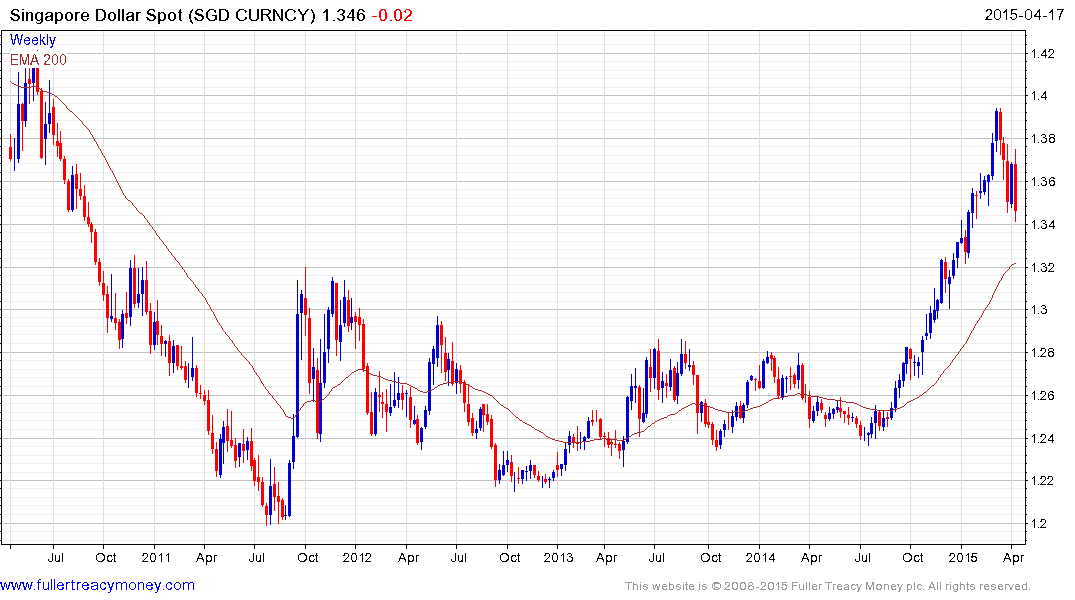Mapping World Prices 2015
Thanks to a subscriber for this interesting report from Deutsche Bank. Here is a section:
A key finding of this year’s survey is the extent to which exchange rate movements impact relative prices across countries. In previous years, Australia had consistently been the world’s most expensive country while the United States had been the cheapest developed country. This year, however, the strength of the USD has significantly narrowed the gap between the two. Similarly, shopping in Europe and Japan now feels a lot cheaper than before.
When we began this series, Brazil was the most expensive emerging market in the world and was more expensive than the US for several categories. Currency depreciation has brought Brazilian prices more in line with what one would expect for a country at its level of development. Meanwhile, India remains the cheapest major economy in the world across a range of products.
Despite USD appreciation, the United States remains the cheapest place to buy an i-Phone6. Barring India and Canada, it is also the cheapest place to buy a pair of Levi’s 501. For some reason, the brand costs around twice the US level in Singapore, Hong Kong and China. Singapore also remains, by far, the most expensive place to buy a car. For watching a movie, we recommend readers try Mumbai, Delhi and Kuala Lumpur but avoid Zurich. Also avoid Zurich if you want a hair-cut. We found that Germany is the best place for doing an MBA – the fees are a third of US universities but salaries offered to graduates are 80-85% of US levels.
Here is a link to the full report.
Mrs.Treacy and I share a love of seafood so we sampled all three major methods of cooking Singapore’s local delicacy, pepper, chilli and butter crab, while in the city. Despite the fact that the Singapore Dollar is trading below its highs of recent years, prices are higher than I remember from past visits.

Of course locals have the option of heading over the bridge to Malaysia for cheaper restaurants but the impression of higher costs from the perspective of a temporary visitor was hard to shake. The Singapore administration does not want a weak currency compared to those of its neighbours which prompted a more aggressive tone for monetary policy three weeks ago. The Dollar continues to unwind its overbought condition relative to the 200-day MA but a sustained move below $1.30 would be required to question medium-term recovery potential.


